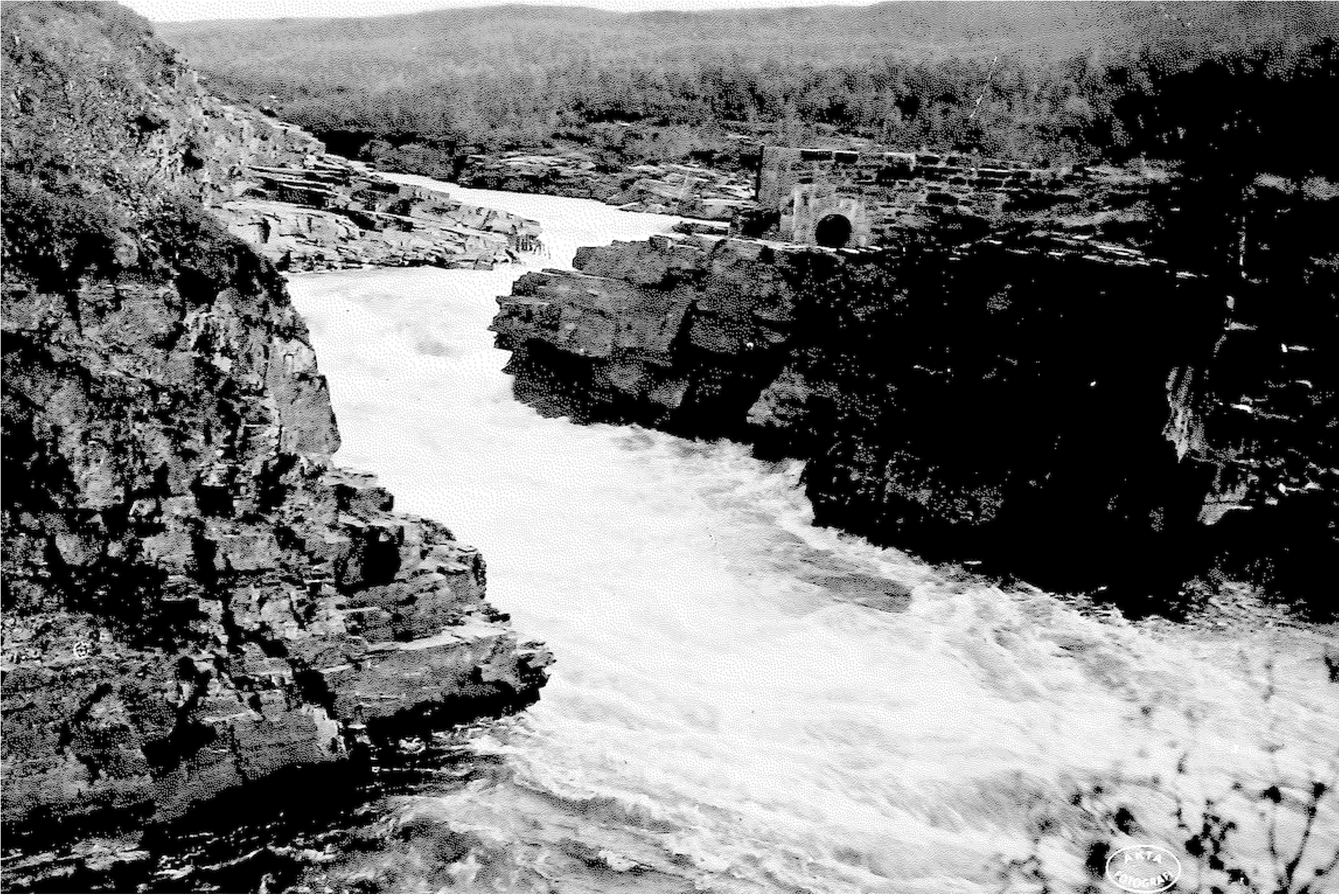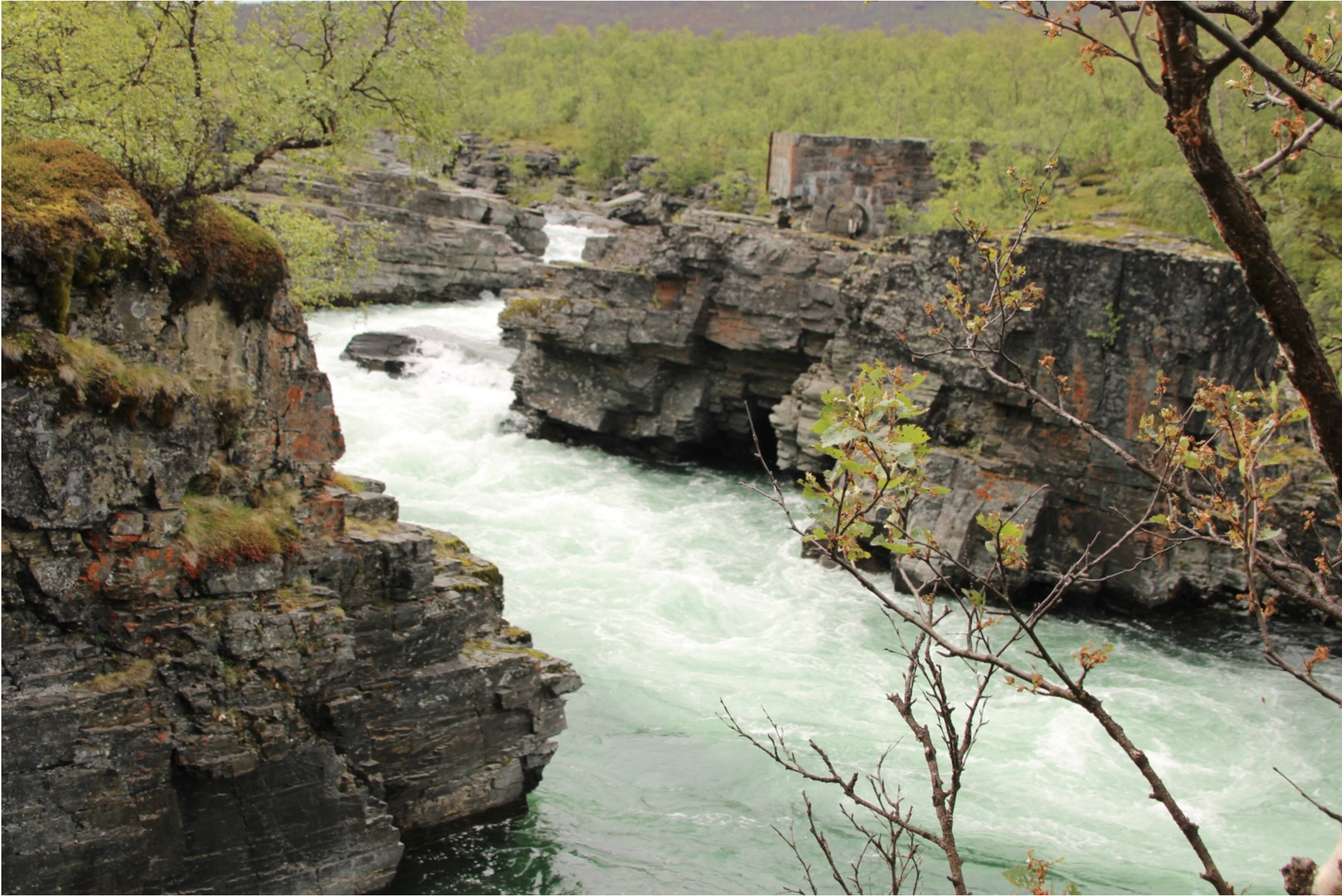Precipitation
Precipitation is rain, snow, hail, fog - any form of water that falls to the ground from the atmosphere. In general, precipitation is measured using a rain gauge. These instruments measure precipitation as it falls into a collection chamber and do not differentiate between the forms of precipitation as it falls.
Extreme precipitation events have increased since 1913, with the record-high of 61.9 mm per day occurring in 2004 contrasting dramatically with the low-30’s values of the 1930’s. Inter-annual variability in precipitation levels has also increased, making extreme precipitation less predictable. Total annual precipitation has increased in the Abisko area since 1990. However, snow depth has decreased during this same period. This observation reflects that a higher proportion of the recent annual precipitation has consisted of rain rather than snow.
Across much of the Arctic, overall river discharge is anticipated to increase in coming years. Day-to-day discharge is entirely dependent on local weather, such as the amount of snow melt and rainfall within a very short period of time. Therefore, the images shown here likely reflect the immediate weather conditions around the day that they were taken, rather than the long-term differences in hydrology that are attributable to climate change.
Increased precipitation combined with recent unpredictability has serious ramifications for both Arctic ecology and the humans that live here.



















